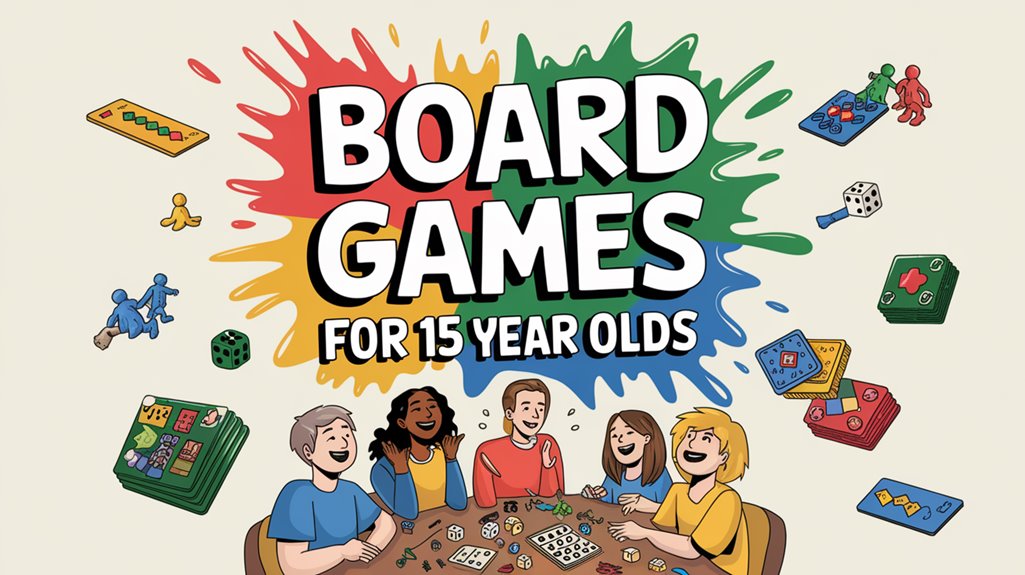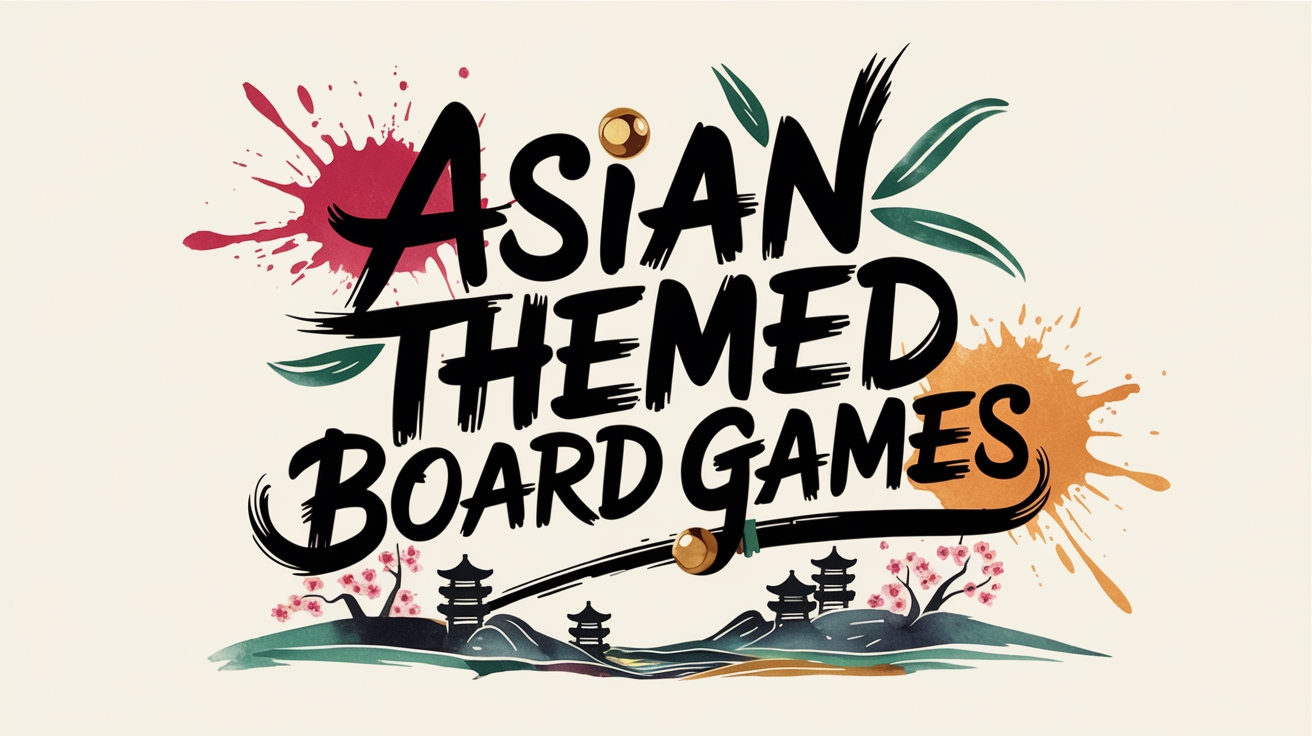Stalingrad themed board games, like Stalingrad ’42, ‘Stalingrad: Verdun on the Volga’ and ‘Stalingrad Besieged,’ offer a detailed exploration of one of World War II’s significant battles. These games capture the strategic complexities and harsh realities of the Eastern Front, providing players with a blend of historical accuracy and creative gameplay mechanics. Let’s explore the unique features and gameplay of each game, showcasing how they offer both a historical insight and a challenging strategic experience.
Stalingrad ’42: Southern Russia, June-December, 1942 (2019)
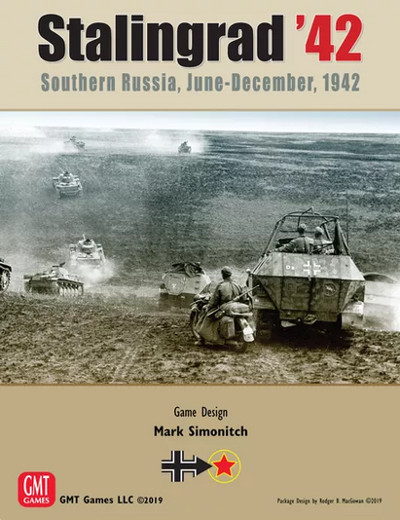
Stalingrad ’42: Southern Russia, June-December, 1942 (2019) provides an immersive experience through its intricate components, including four expansive maps and a variety of units representing divisions and brigades. The game offers multiple scenarios to cater to diverse strategic interests, appealing to both experienced wargamers and newcomers to the genre. With its comprehensive rule set and commitment to historical accuracy, Stalingrad ’42 is a must-have for World War II strategy game enthusiasts.
Components and Scenarios
The game features four detailed maps, comprising two full-size and two smaller maps, which collectively create a vast 48′ x 43.5′ footprint. These maps vividly depict the geographical and strategic complexities of Southern Russia during the specified period. Accompanying the maps are 576 9/16′ playing pieces, spread across three counter sheets, which represent various military units and assets.
To aid gameplay, the game includes five scenario cards outlining different campaign options, two identical player aid cards for reference, a detailed rules booklet, and a playbook filled with examples of play, design notes, and historical context.
The scenarios in the game offer a range of immersive gameplay experiences, each capturing distinct phases of the 1942 campaign and providing varied strategic challenges and historical depth:
- Campaign Game: Spanning from June 28th to December 31st, this extensive scenario encompasses 36 turns and covers the full scope of the 1942 Eastern Front operations.
- Fall Blau: This shorter scenario lasts 8 turns and is played on one full-size map, focusing on the initial German offensive aimed at capturing the oil fields of the Caucasus.
- Caucasus Campaign: With a duration of 18 turns and played on two small maps, this scenario delves into the intense battles in the Caucasus region.
- Operation Uranus: Covering 9 turns on two full-size maps, this scenario centers on the Soviet counter-offensive that led to the encirclement of the German 6th Army at Stalingrad.
Stalingrad ’42: Little Saturn / Winter Storm Expansion (2022)
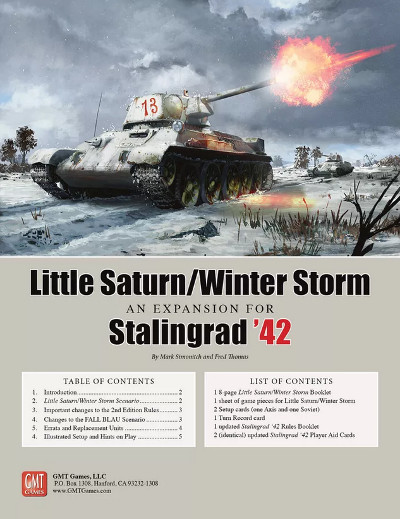
Expanding on the acclaimed Stalingrad ’42 by Mark Simonitch, the 2022 Little Saturn / Winter Storm Expansion introduces a new scenario covering the period from December 14th, 1942 through February 5th, 1943. This addition enhances strategic depth by depicting the Soviet Little Saturn offensive against Axis allies Romania and Italy, alongside the German Operation Winter Storm to relieve the encircled 6th Army.
Included in the expansion are a scenario booklet, half-countersheet, setup cards for both Axis and Soviet forces, a turn record track with reinforcements, an updated rulebook, and player aid cards. The scenario highlights key operations such as the Ostrogozhsk-Rossosh Operation, the Voronezh-Kastornoe Operation, and the final push against Stalingrad, Operation Ring.
With a focus on winter warfare, players can enjoy enhanced tactical gameplay with new strategic options for both sides. German forces can employ fire brigade tactics, while the Soviets must maintain their offensive momentum and logistics. Importantly, all components seamlessly integrate into the base game box, providing added replay value and operational choices for enthusiasts of Stalingrad ’42.
Stalingrad: Verdun on the Volga (2017)
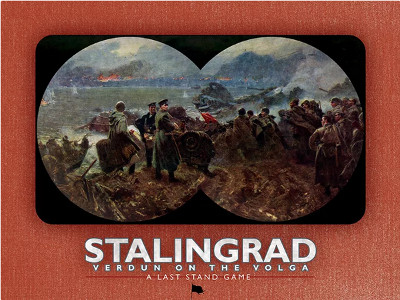
Stalingrad: Verdun on the Volga (2017) strikes a balance between complexity and accessibility, appealing to both experienced wargamers and newcomers alike. With its regimental-scale system and simplified unit types like infantry, armor, and pioneer, the game remains easy to grasp while still offering historical richness. The area impulse game system also enhances gameplay by efficiently capturing the intricacies of combat dynamics without inundating players.
Complexity
The complexity of ‘Stalingrad: Verdun on the Volga (2017)’ strikes a perfect balance, offering an engaging and approachable experience. With an exceptional guidebook for easy learning and teaching, and the impulse system for variability and replay value, players can delve into strategic decisions and historical subtleties of the warring factions, enhancing the overall depth and enjoyment of gameplay.
Details
Stalingrad: Verdun on the Volga (2017) offers a complex and strategic gameplay experience while remaining accessible. The game’s mechanics are well-developed, with only a few minor rule edge cases to consider. The day-night phases and attritional dynamics effectively depict the unyielding nature of the battle, allowing players to immerse themselves without feeling overwhelmed, providing ample strategic freedom.
Stalingrad Roads: Battle on the Edge of the Abyss (2024)
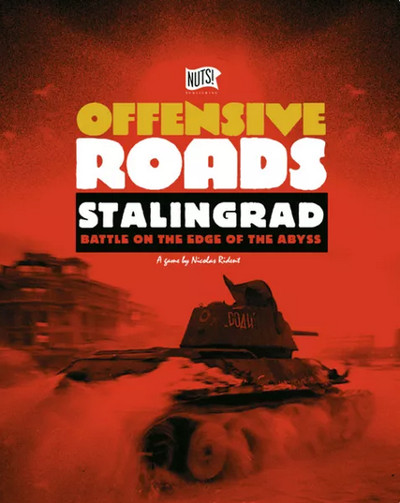
Stalingrad Roads: Battle on the Edge of the Abyss (2024) is a detailed wargaming experience focusing on the 1942-43 winter campaign on the Soviet South Front. Designed for two players, the game integrates historical specifics such as the supply challenges of the Stalingrad pocket and the strategic decisions of the Stavka, while maintaining the mechanics of the ‘Roads’ series. With four scenarios available, players can participate in short, introductory scenarios or full-scale campaigns, ensuring diverse and engaging gameplay.
Details
Offering a fresh perspective on the well-trodden campaign of Stalingrad, Stalingrad Roads: Battle on the Edge of the Abyss (2024) by Nuts Publishing introduces an innovative support system and a special Stalingrad pocket sub-system.
This game reimagines operational simulations of World War II with a focus on replayability and engagement, offering a unique experience for enthusiasts. Despite some concerns about the counter size and map scale, the game’s distinct mechanisms provide an engaging and dynamic gameplay experience. The support system adds strategic depth and enhances replay value, while the Stalingrad pocket sub-system introduces new tactical considerations. As players eagerly await a potential Vassal module, Stalingrad Roads: Battle on the Edge of the Abyss remains a captivating choice for wargaming aficionados.
Stalingrad Besieged (2019)
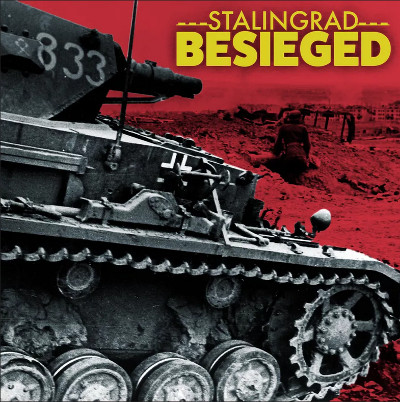
Stalingrad Besieged (2019) offers a highly immersive experience with its unique three-way play options, allowing players to use cards, blocks, or counters to represent the units of the German and Russian armies. The game mechanics involve strategic movement, event card utilization, and intense battles to control key points such as ferry locations and a tank factory. The dynamic turn-based system and the challenge of managing replacement points add depth, making it a compelling choice for both solo and two-player sessions. For those interested in solo gameplay, there is already an article published that explores solo Stalingrad games in detail.
Details
‘Stalingrad Besieged’ is a light and engaging game featuring a grid-based map and simple movement rules for infantry, armor, and artillery units. Players strategically maneuver their units across a square-marked board, similar to a basic chess game. Each unit type has distinct movement abilities: infantry moves forward, armor can move diagonally, and artillery can attack from a distance.
One of the standout features of ‘Stalingrad Besieged’ is its adaptable game pieces, offering blocks, cards, or counters to suit different player preferences. Despite its simplicity, the game offers a fast-paced, roughly one-hour gameplay experience ideal for newcomers. However, there is room for improvement in the rules, which seem to lack thorough review and clarity.
While not a detailed reenactment of the Battle of Stalingrad, ‘Stalingrad Besieged’ excels in providing an enjoyable, streamlined wargaming experience. It is best enjoyed by those who appreciate its simplicity and accessibility, serving as an excellent introduction to historical board gaming.
